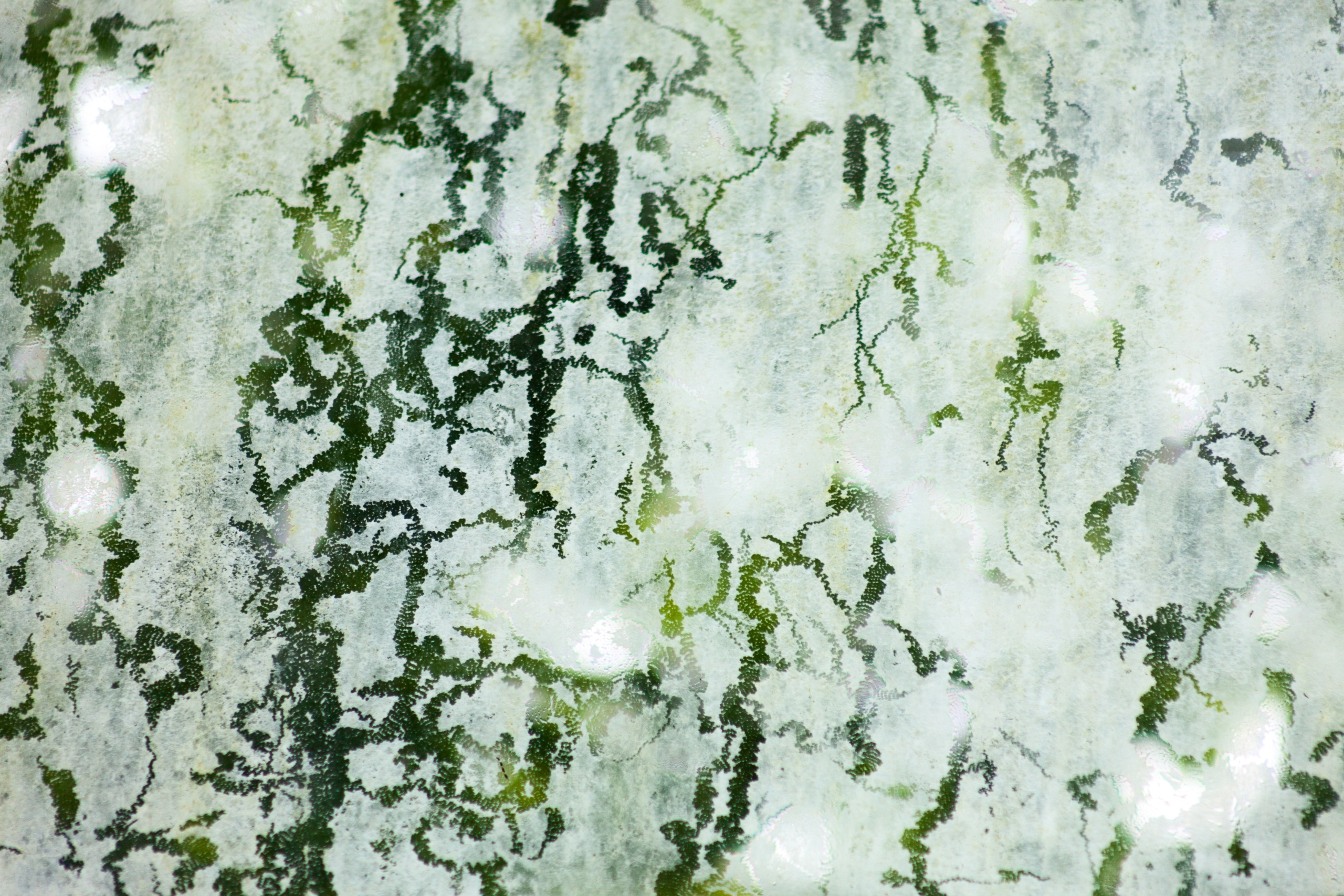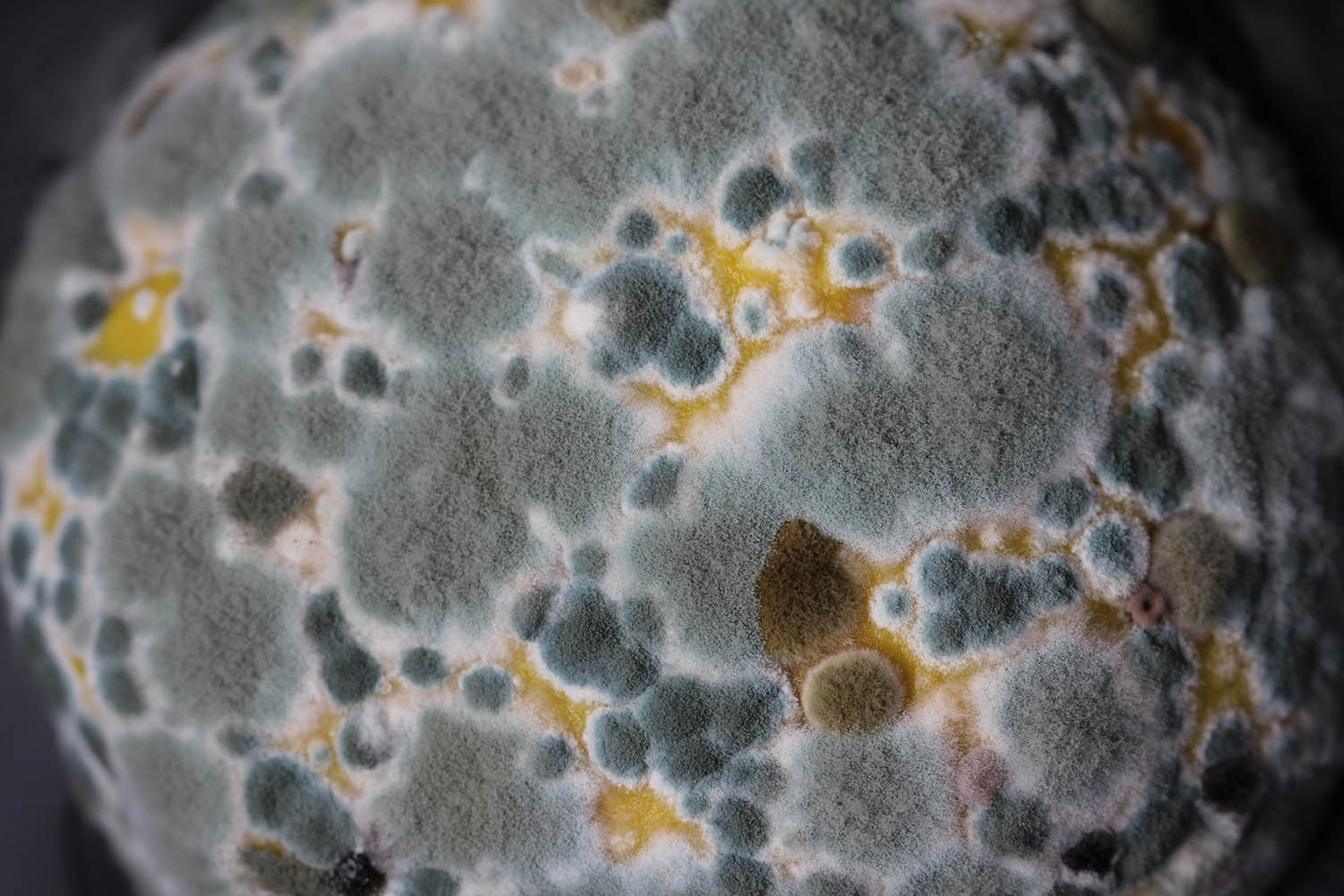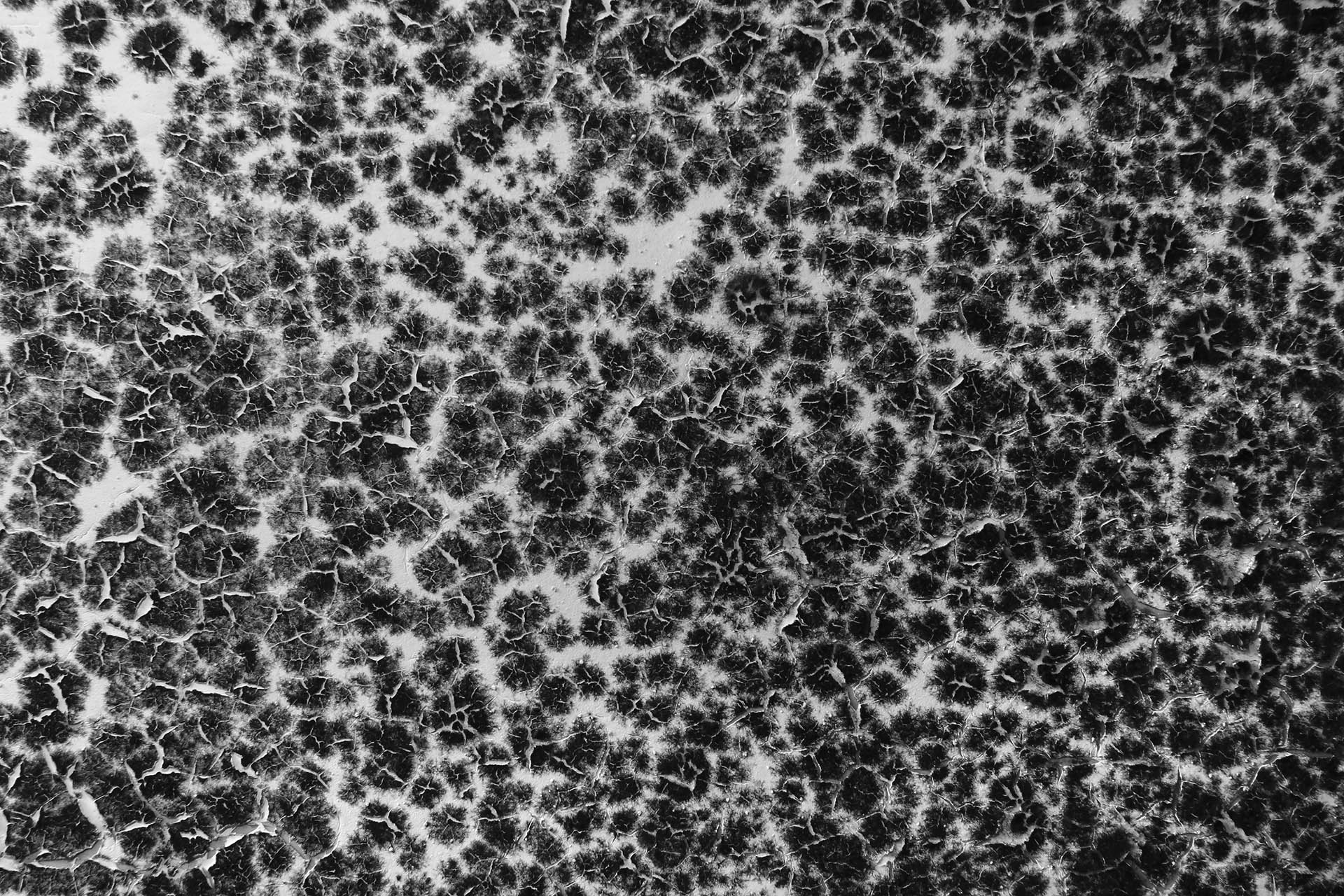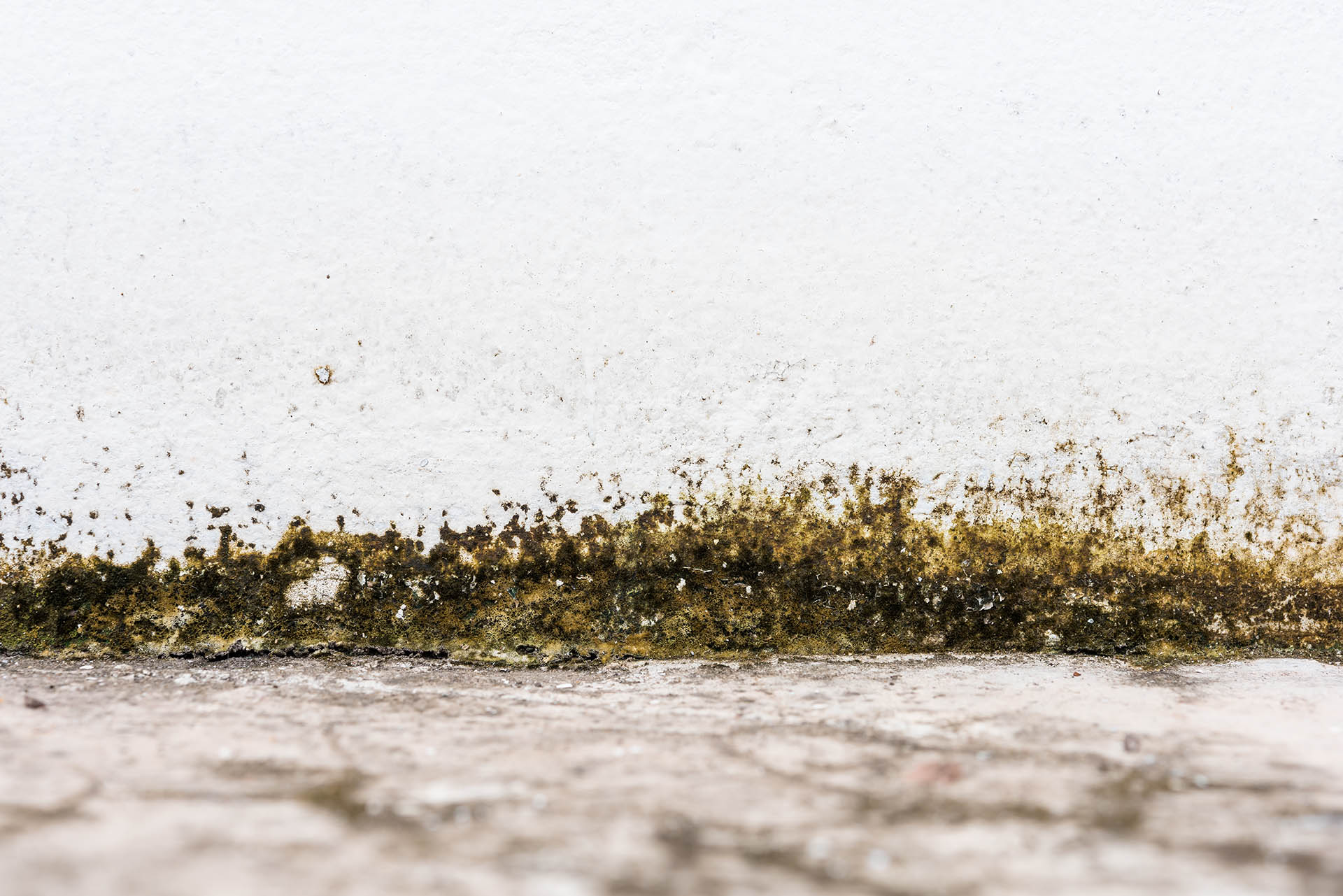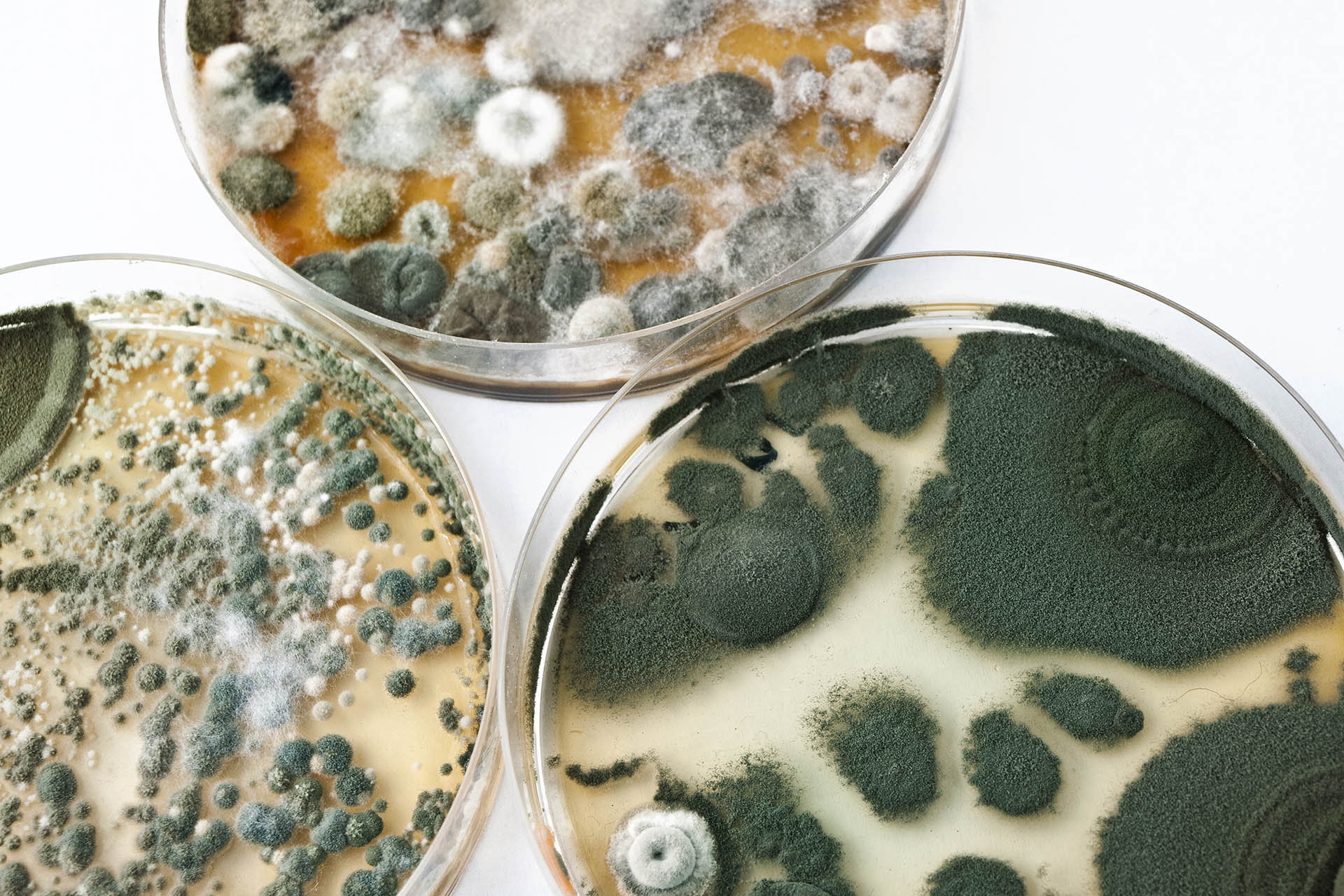When it comes to mold growth in homes, many homeowners often overlook the role of insulation. While it may not be as visually apparent as a leaky pipe or a damp basement, the lack of proper insulation or its improper installation can create a perfect environment for mold to flourish. In this blog post, we will explore the connection between insulation and mold growth, shedding light on why this often underestimated factor deserves your attention.
Understanding the Role of Insulation
Insulation is a crucial component in maintaining a comfortable and energy-efficient home. It acts as a barrier, preventing the transfer of heat and cold between the interior and exterior of a building. Insulation comes in various forms, including fiberglass, cellulose, foam, and spray foam, each with its own set of benefits and applications.
The Importance of Proper Insulation
- Temperature Regulation: Effective insulation helps maintain a stable temperature within your home, ensuring your HVAC system functions efficiently and reducing the strain on your heating and cooling equipment. This, in turn, promotes a healthier and more comfortable living environment.
- Energy Efficiency: By minimizing heat transfer, insulation reduces the need for excessive heating or cooling, resulting in significant energy savings. This not only benefits your wallet but also contributes to a more sustainable future by reducing greenhouse gas emissions.
- Moisture Control: Proper insulation can play a pivotal role in managing moisture levels within your home. It acts as a barrier, preventing moisture condensation on cold surfaces, such as walls and ceilings, thus mitigating the risk of mold growth.
The Connection between Insulation and Mold Growth
- Condensation: Inadequate insulation or improper installation can lead to temperature differentials between indoor and outdoor environments. When warm, humid air from within the home comes into contact with cooler surfaces, condensation can occur. This moisture buildup provides an ideal breeding ground for mold spores to take root and proliferate.
- Air Leaks: Insufficient insulation often goes hand in hand with air leaks, which can occur around windows, doors, electrical outlets, and other gaps in your home’s envelope. These air leaks create pathways for moist air to infiltrate your home, leading to increased humidity levels. The combination of moisture and organic materials, such as drywall or wood, offers prime conditions for mold growth.
- Poor Ventilation: Improperly installed insulation can impede proper airflow within your home. Inadequate ventilation restricts the exchange of indoor and outdoor air, trapping moisture and stale air inside. Without sufficient airflow, damp areas are more likely to foster mold growth.
Preventing Mold Growth through Insulation
- Consult a Professional: When it comes to insulation installation or upgrades, consulting with a qualified professional is essential. They will assess your home’s specific needs, considering factors such as climate, building materials, and existing ventilation systems, to recommend the most suitable insulation solutions.
- Moisture Barriers: Alongside insulation, the incorporation of moisture barriers, such as vapor barriers, can significantly reduce the risk of condensation and subsequent mold growth. These barriers prevent moisture from penetrating walls, ceilings, or floors, helping to maintain a dry and mold-free environment.
- Adequate Ventilation: Proper ventilation is key to preventing excessive moisture buildup. Ensure that your home has appropriate exhaust fans in bathrooms, kitchens, and other areas prone to high humidity. Regularly inspect and maintain ventilation systems to ensure they function optimally.
While insulation may not be the first thing that comes to mind when thinking about mold growth, its role should not be underestimated. The lack of proper insulation or improper installation can lead to moisture-related issues, creating an inviting environment for mold to thrive.
